Home>Furniture & Design>Interior Design Trends>What Is Back Glass Damage On A Phone
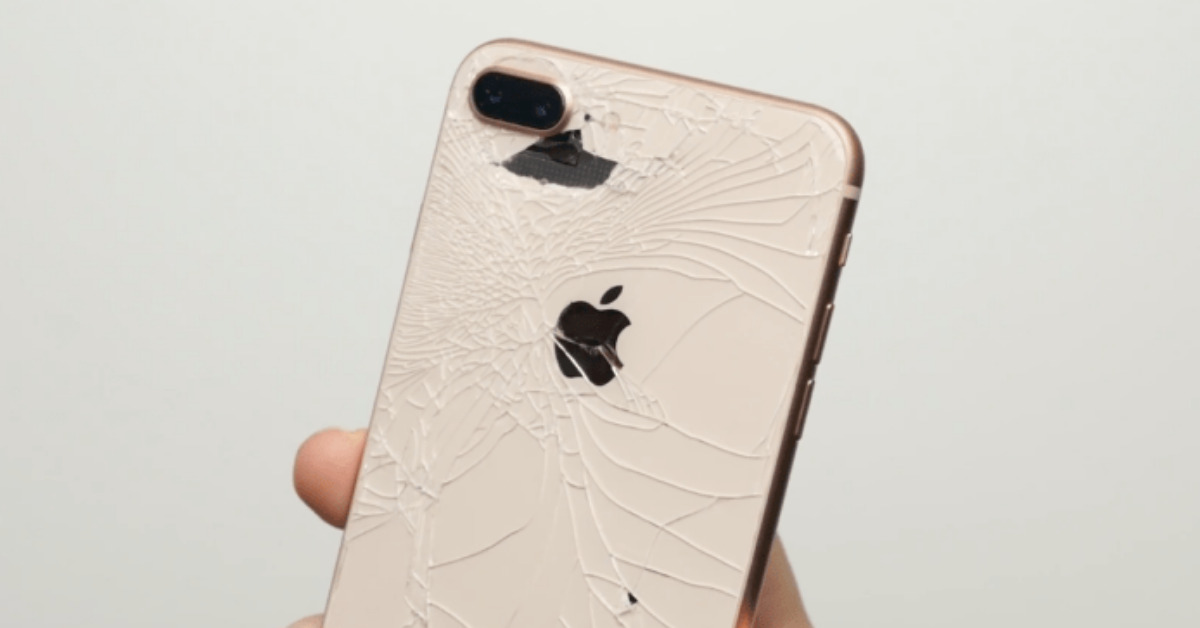

Interior Design Trends
What Is Back Glass Damage On A Phone
Published: February 6, 2024
Learn about the causes and solutions for back glass damage on a phone. Stay updated on the latest interior design trends. Explore now!
(Many of the links in this article redirect to a specific reviewed product. Your purchase of these products through affiliate links helps to generate commission for Storables.com, at no extra cost. Learn more)
Introduction
The back glass of a phone serves as more than just a protective covering; it is a crucial component that contributes to the overall aesthetics and functionality of the device. The sleek and modern design of smartphones often incorporates glass panels on both the front and back, creating a seamless and sophisticated appearance. However, this design choice also makes the back glass susceptible to damage from various sources.
The fragility of back glass, combined with the daily wear and tear that smartphones endure, makes it vulnerable to a range of potential hazards. From accidental drops to exposure to extreme temperatures, the back glass of a phone is constantly at risk of sustaining damage. Understanding the causes, effects, repair options, and prevention methods related to back glass damage is essential for smartphone users who seek to maintain the integrity and longevity of their devices.
As we delve into the intricacies of back glass damage, it becomes evident that this issue is not merely cosmetic; it can significantly impact the functionality and structural integrity of a phone. By exploring the underlying factors contributing to back glass damage and the available solutions, we can gain valuable insights into safeguarding our devices and prolonging their lifespan.
The following sections will provide a comprehensive overview of the causes and effects of back glass damage, as well as the available repair options and preventive measures. By delving into these aspects, we can equip ourselves with the knowledge needed to address back glass damage effectively and mitigate its potential impact on our smartphones.
Key Takeaways:
- Protect Your Phone’s Back Glass
The back glass of your phone is fragile and can easily crack from drops, pressure, or extreme temperatures. Use a protective case and handle with care to prevent damage and maintain your phone’s sleek appearance. - Repair or Prevent Back Glass Damage
If your phone’s back glass is damaged, consider professional repair services or manufacturer programs. To prevent damage, use screen protectors, handle your phone mindfully, and avoid extreme temperatures. Taking these steps will help keep your phone looking and functioning like new.
Read more: How Much Does Phone Water Damage Repair Cost
Causes of Back Glass Damage
The back glass of a phone is susceptible to damage from various sources, and understanding these potential causes is crucial for maintaining the integrity of the device. Here are the primary factors contributing to back glass damage:
-
Accidental Drops: One of the most common causes of back glass damage is accidental drops. When a phone falls, especially on hard surfaces, the impact can lead to cracks, chips, or shattering of the back glass. Even a seemingly minor drop can result in significant damage, highlighting the vulnerability of the glass material.
-
Pressure and Bending: The back glass of a phone can also be compromised by pressure and bending forces. Placing the phone in a back pocket and sitting on it, or subjecting it to excessive pressure in a crowded bag or purse, can lead to stress fractures or cracks in the glass.
-
Contact with Hard Surfaces: Setting the phone down on rough or abrasive surfaces can cause scratches, scuffs, or more severe damage to the back glass. Even minor contact with hard materials such as concrete, metal, or gravel can leave visible marks and compromise the structural integrity of the glass.
-
Exposure to Extreme Temperatures: Extreme temperatures, whether hot or cold, can adversely affect the back glass of a phone. Sudden changes in temperature, such as leaving the phone in direct sunlight or exposing it to freezing conditions, can lead to thermal stress and potential cracking of the glass.
-
Impact from Objects: The back glass of a phone is also susceptible to damage from impact with other objects. For instance, placing the phone in a bag or pocket with keys, coins, or other hard items can result in scratches, dents, or more severe damage to the glass surface.
-
Manufacturing Defects: In some cases, manufacturing defects or weaknesses in the glass material itself can contribute to back glass damage. These defects may manifest as spontaneous cracks or fractures, even without direct external force or impact.
Understanding these causes of back glass damage underscores the importance of taking proactive measures to protect the phone from potential harm. By being mindful of these factors, smartphone users can minimize the risk of back glass damage and preserve the overall condition of their devices.
Effects of Back Glass Damage
The effects of back glass damage extend beyond mere aesthetic concerns, encompassing a range of functional and structural implications for the phone. When the back glass sustains damage, whether in the form of cracks, chips, or scratches, it can significantly impact the overall user experience and the device's performance. Understanding these effects is crucial for comprehending the full scope of the repercussions associated with back glass damage.
First and foremost, back glass damage compromises the structural integrity of the phone. Cracks or fractures in the back glass can weaken the overall stability of the device, making it more susceptible to further damage from external forces. This compromises the durability of the phone and may lead to additional issues over time.
Moreover, back glass damage can impede the functionality of the phone. In cases where the damage extends to the camera lens or other essential components housed beneath the glass, it can hinder the performance of these features. This can result in compromised photo and video quality, affecting the user's ability to capture clear and sharp images.
Furthermore, back glass damage can create safety hazards for users. Sharp edges or protruding glass fragments resulting from cracks or shattering pose a risk of injury, especially when handling the phone. Additionally, the presence of damaged back glass may expose the internal components of the device to external elements, potentially leading to further damage and operational issues.
From a usability standpoint, back glass damage can detract from the overall user experience. The tactile feel of a cracked or chipped back glass may be uncomfortable to the touch, diminishing the ergonomic appeal of the phone. Additionally, the presence of visible damage can detract from the aesthetic appeal of the device, impacting the user's satisfaction with their smartphone.
In addition to these tangible effects, back glass damage can also diminish the resale value of the phone. Potential buyers may perceive damaged back glass as a significant flaw, leading to decreased market value and limited resale opportunities for the device.
Understanding the multifaceted effects of back glass damage underscores the importance of addressing and mitigating this issue promptly. By recognizing the implications of such damage, smartphone users can make informed decisions regarding repair options and preventive measures to safeguard their devices and preserve their functionality and aesthetics.
Back glass damage on a phone can affect its appearance and functionality. To prevent this, use a protective case and handle your phone with care to avoid drops and scratches.
Repair Options for Back Glass Damage
When faced with back glass damage on a phone, users have several repair options to address the issue effectively. The choice of repair method depends on the extent of the damage, the device model, and the user's preferences. Here are the primary repair options available for addressing back glass damage:
-
Professional Repair Services: Seeking assistance from professional repair technicians or authorized service centers is a reliable option for addressing back glass damage. These experts possess the necessary skills and tools to assess the extent of the damage and perform meticulous repairs. They can replace the damaged back glass with a new panel, ensuring a seamless and durable restoration of the phone's aesthetics and functionality.
-
Manufacturer Repair Programs: Many smartphone manufacturers offer repair programs that cater to back glass damage. Through these programs, users can send their devices to the manufacturer's designated repair facilities for expert assessment and restoration. This option provides the assurance of genuine replacement parts and adherence to manufacturer specifications, maintaining the integrity of the device.
-
DIY Back Glass Replacement Kits: For users with a penchant for DIY projects, back glass replacement kits are available for certain phone models. These kits typically include a replacement back glass panel, specialized tools, and detailed instructions for the repair process. While this option requires careful attention to detail and precision, it can be a cost-effective solution for those comfortable with DIY repairs.
-
Third-Party Repair Services: Independent repair shops and third-party service providers offer an alternative to manufacturer-specific repair options. These establishments often provide competitive pricing and quick turnaround times for back glass replacement and repair. However, users should exercise caution and ensure the credibility and expertise of the chosen third-party service provider.
-
Insurance Coverage and Warranty: Some users may have insurance coverage or an existing warranty that encompasses back glass damage. In such cases, they can leverage these provisions to facilitate the repair process, potentially minimizing out-of-pocket expenses. It is advisable to review the insurance policy or warranty terms to understand the coverage for back glass damage and the associated procedures for filing a claim.
Selecting the most suitable repair option for back glass damage involves careful consideration of factors such as cost, convenience, and the desired level of expertise and assurance. By exploring these repair avenues, users can address back glass damage effectively and restore their phones to optimal condition, ensuring continued enjoyment and functionality of their devices.
Prevention of Back Glass Damage
Preventing back glass damage on a phone is paramount for maintaining the device's aesthetics, functionality, and structural integrity. By implementing proactive measures and exercising caution, users can significantly reduce the risk of back glass damage and prolong the lifespan of their smartphones. Here are several effective strategies for preventing back glass damage:
-
Protective Cases and Covers: Investing in a high-quality protective case or cover designed specifically for the phone model can provide a crucial layer of defense against back glass damage. Durable cases with shock-absorbing features and raised edges offer enhanced impact protection, reducing the likelihood of damage from accidental drops and impacts.
-
Screen Protectors: Applying a tempered glass or film screen protector to the back glass surface adds an extra barrier against scratches, scuffs, and minor impacts. Screen protectors are designed to absorb and disperse the force of impacts, safeguarding the back glass from damage without compromising the device's aesthetics.
-
Mindful Handling and Storage: Practicing mindful handling and storage habits can mitigate the risk of back glass damage. Avoid placing the phone in pockets or bags with sharp or abrasive objects, and refrain from subjecting the device to excessive pressure or bending forces. Additionally, storing the phone in a designated, secure location when not in use can minimize the likelihood of accidental damage.
-
Avoiding Extreme Temperatures: Shielding the phone from extreme temperatures is essential for preserving the integrity of the back glass. Refrain from exposing the device to prolonged periods of direct sunlight, as well as extreme cold or heat, to prevent thermal stress and potential damage to the glass material.
-
Regular Inspections and Maintenance: Periodically inspecting the back glass for any signs of wear, scratches, or minor damage allows users to address potential issues early on. Additionally, keeping the phone clean and free from debris and abrasive particles can prevent unnecessary wear and tear on the back glass surface.
-
Mindful Placement: When setting the phone down, choose smooth and soft surfaces to minimize the risk of scratches and damage to the back glass. Avoid placing the device on rough or uneven surfaces, and use designated holders or trays to keep the phone secure and protected.
By incorporating these preventive measures into their daily routines, smartphone users can effectively safeguard the back glass from potential damage, preserving the overall condition and functionality of their devices. Proactive prevention not only minimizes the need for repairs but also enhances the user experience by maintaining the pristine appearance and structural integrity of the phone's back glass.
Read more: What Are Liquidated Damages In Construction
Conclusion
In conclusion, the back glass of a phone plays a pivotal role in both the aesthetics and functionality of the device. The susceptibility of back glass to damage from various sources underscores the importance of understanding the causes, effects, repair options, and prevention methods associated with this issue. From accidental drops and pressure to exposure to extreme temperatures, the potential hazards that can compromise the back glass are diverse and ever-present.
The effects of back glass damage extend beyond mere cosmetic concerns, encompassing structural implications, functional hindrances, and safety hazards for users. The compromised structural integrity, diminished functionality, and potential safety risks highlight the far-reaching impact of back glass damage on the overall user experience and the device's longevity.
When faced with back glass damage, users have several repair options at their disposal, ranging from professional repair services and manufacturer repair programs to DIY replacement kits and third-party repair services. Each option offers distinct advantages and considerations, allowing users to make informed decisions based on their preferences and requirements.
Preventing back glass damage is paramount for maintaining the device's aesthetics, functionality, and structural integrity. Implementing proactive measures such as protective cases, screen protectors, mindful handling, and regular inspections can significantly reduce the risk of back glass damage and prolong the lifespan of smartphones.
By equipping themselves with the knowledge of back glass damage causes, effects, repair options, and prevention methods, smartphone users can effectively address this issue and safeguard their devices. Whether through proactive prevention or prompt repair, prioritizing the integrity of the back glass contributes to the overall durability and user satisfaction with their phones.
In essence, the back glass of a phone represents more than just a surface; it embodies the intersection of design, protection, and user experience. By recognizing the significance of back glass integrity and taking proactive measures to address and prevent damage, users can ensure that their smartphones continue to exude elegance and functionality, unmarred by the perils that threaten the back glass.
Frequently Asked Questions about What Is Back Glass Damage On A Phone
Was this page helpful?
At Storables.com, we guarantee accurate and reliable information. Our content, validated by Expert Board Contributors, is crafted following stringent Editorial Policies. We're committed to providing you with well-researched, expert-backed insights for all your informational needs.
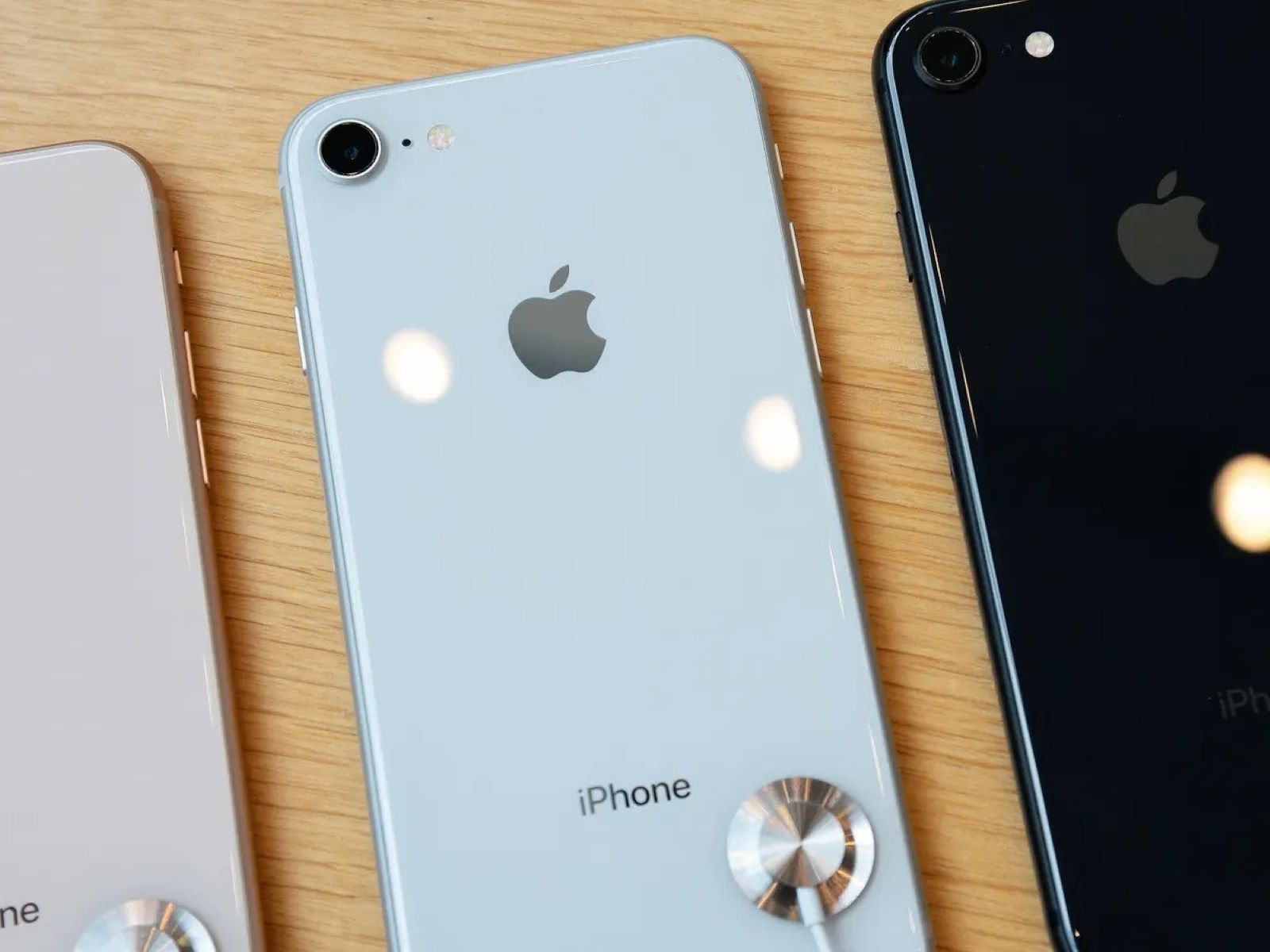
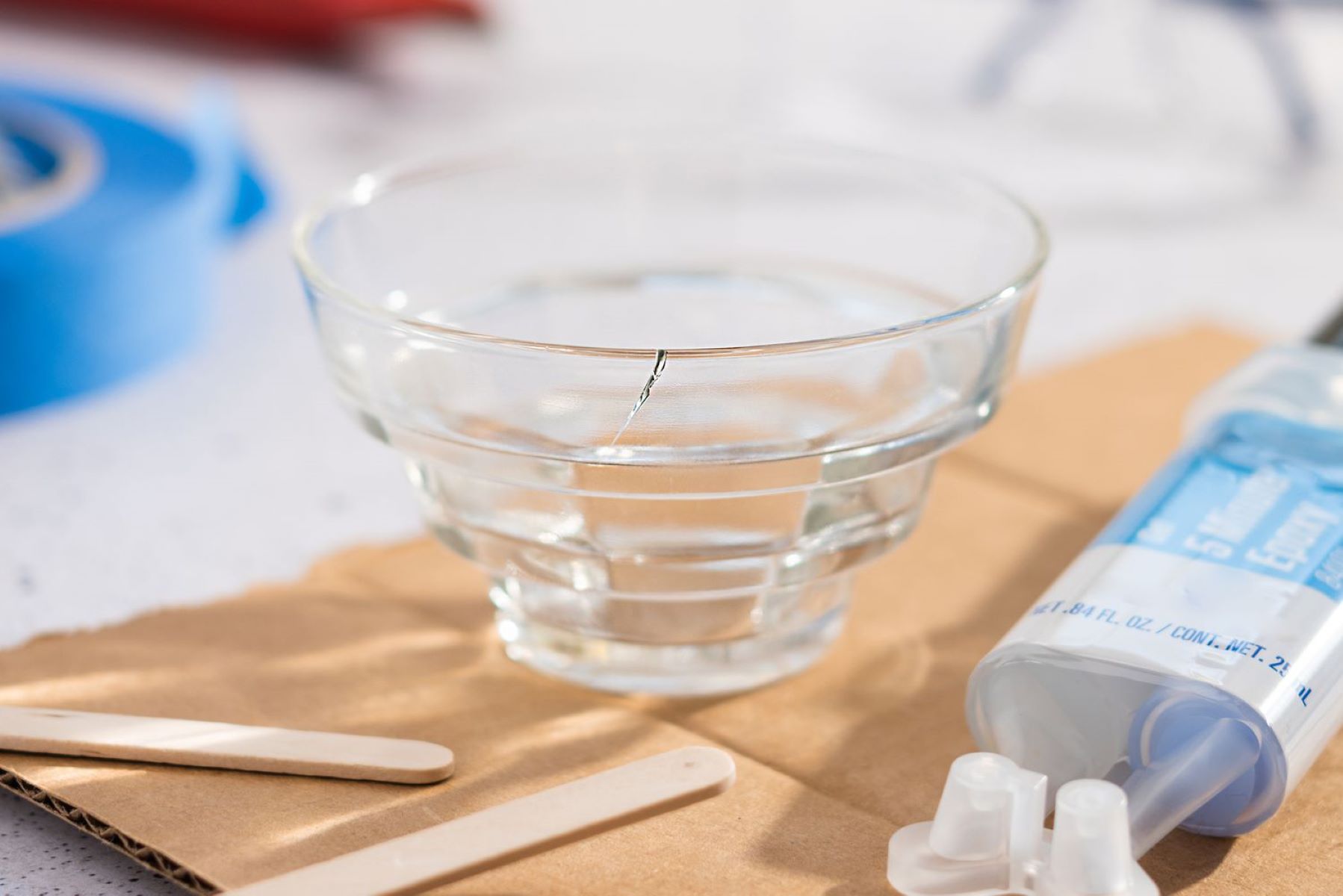
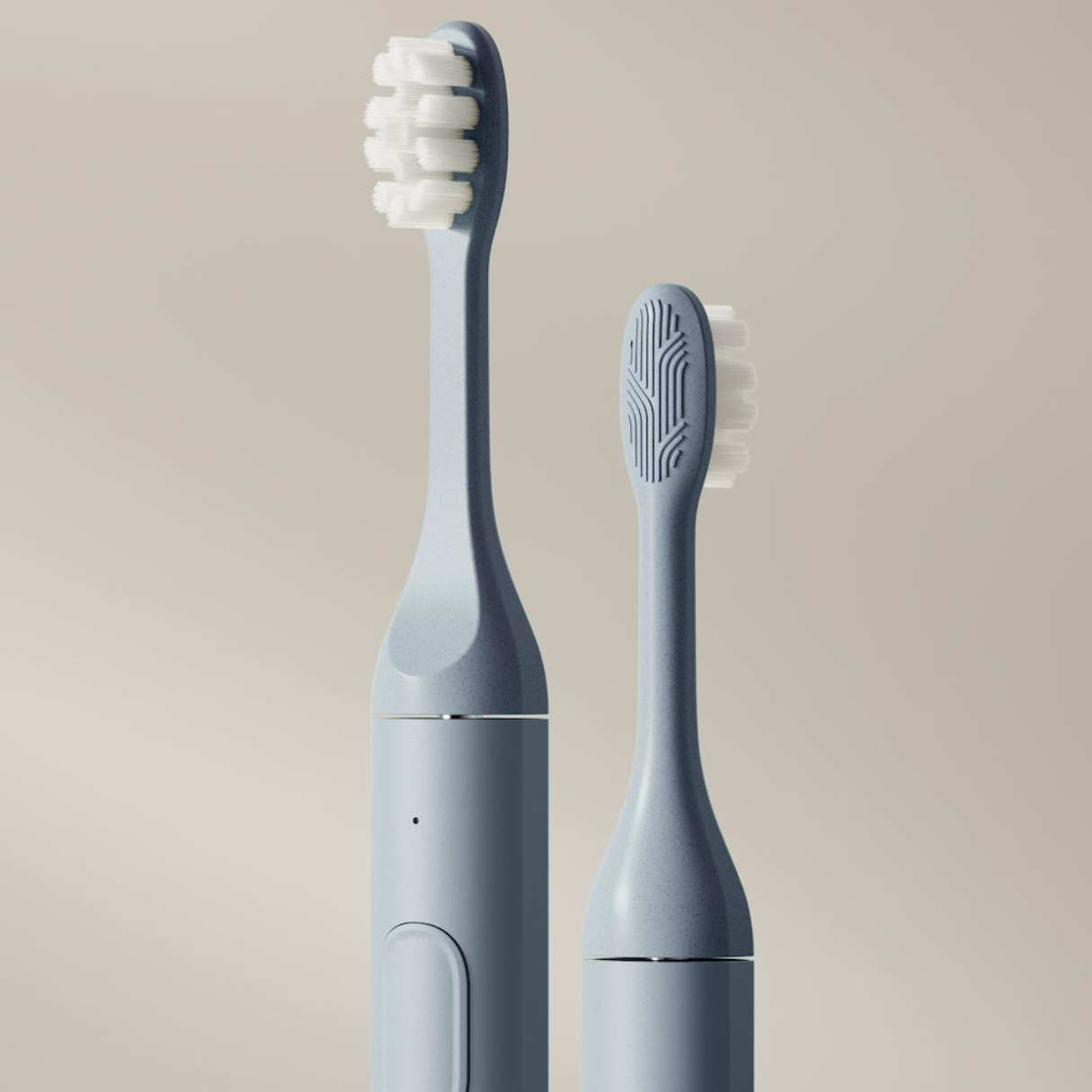
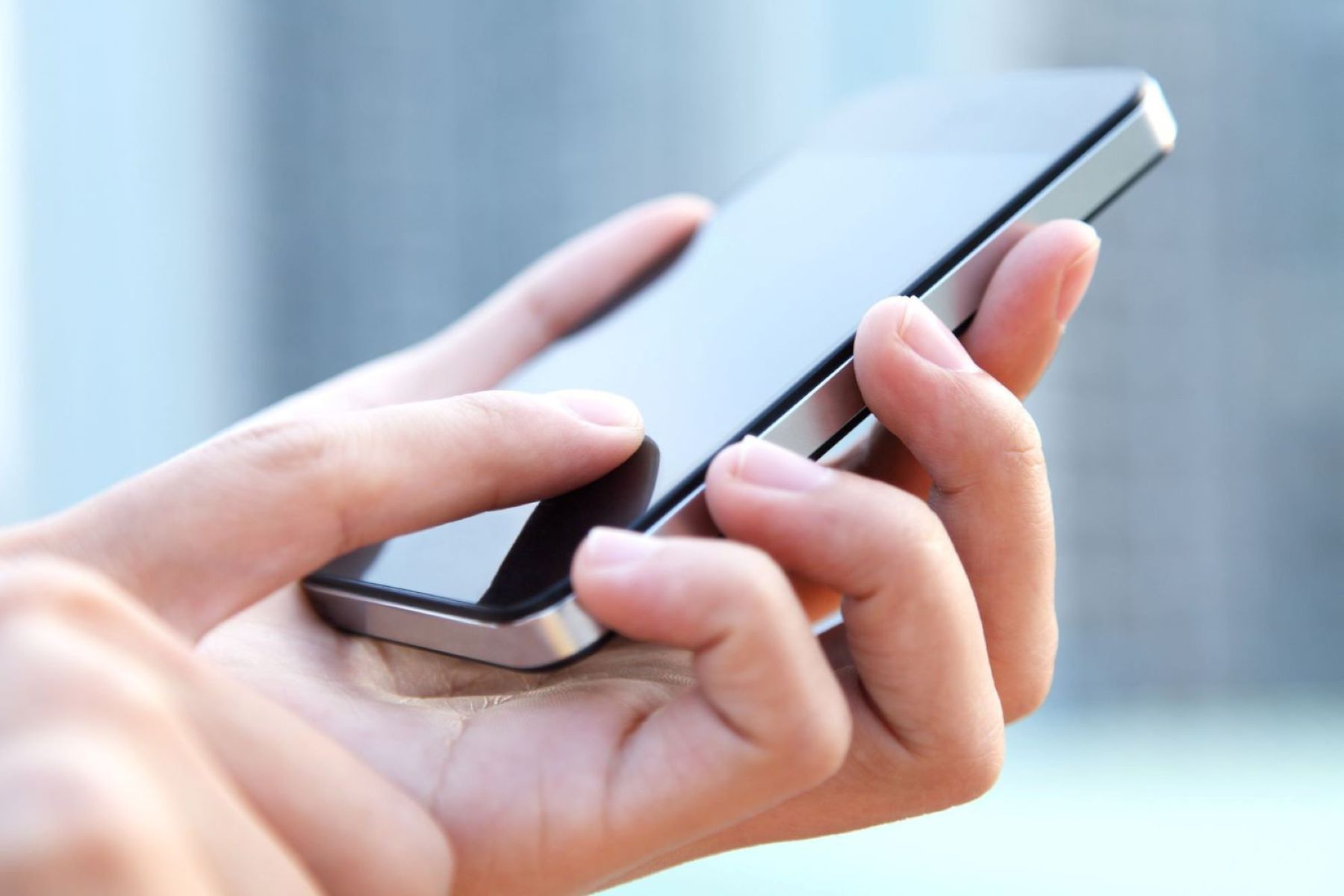
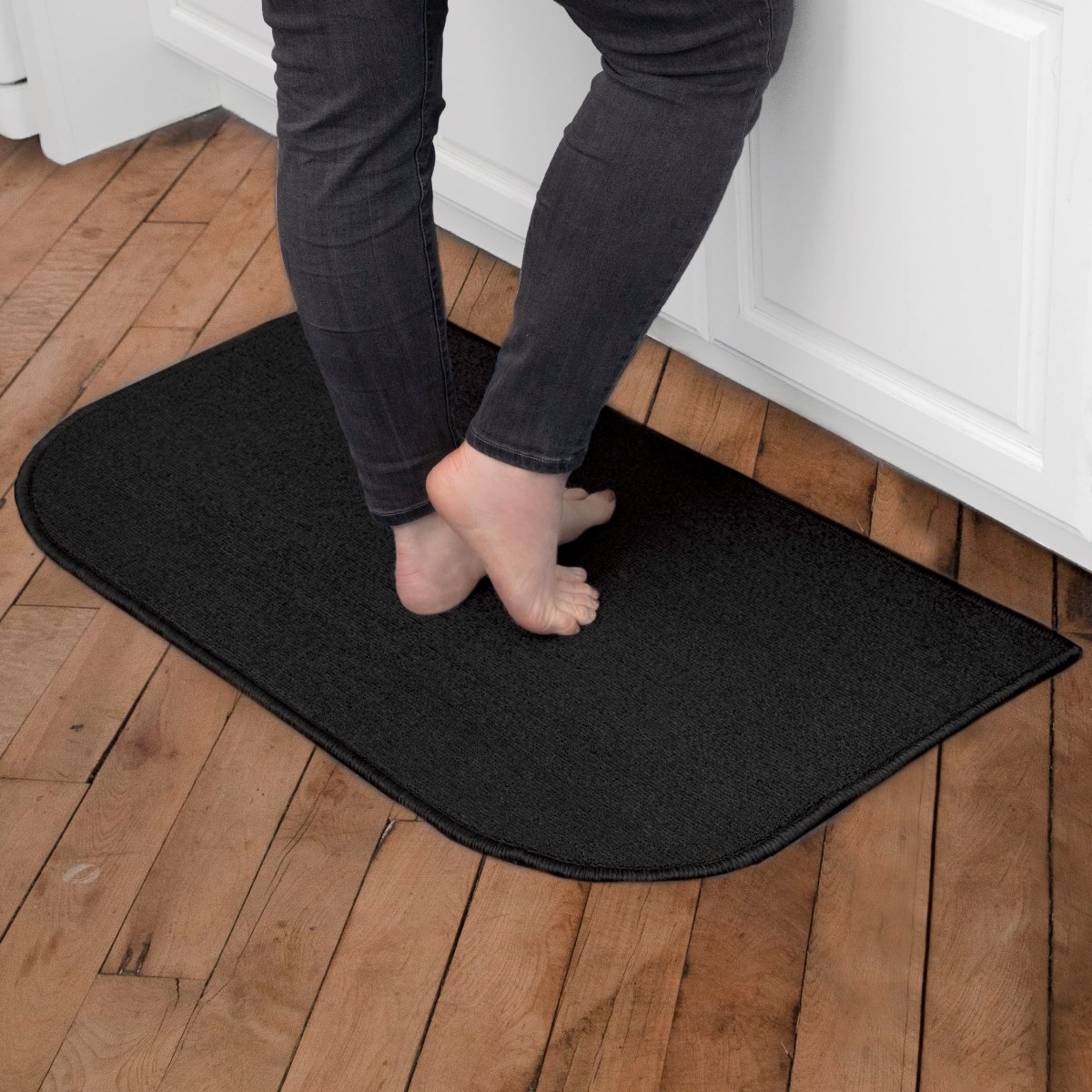
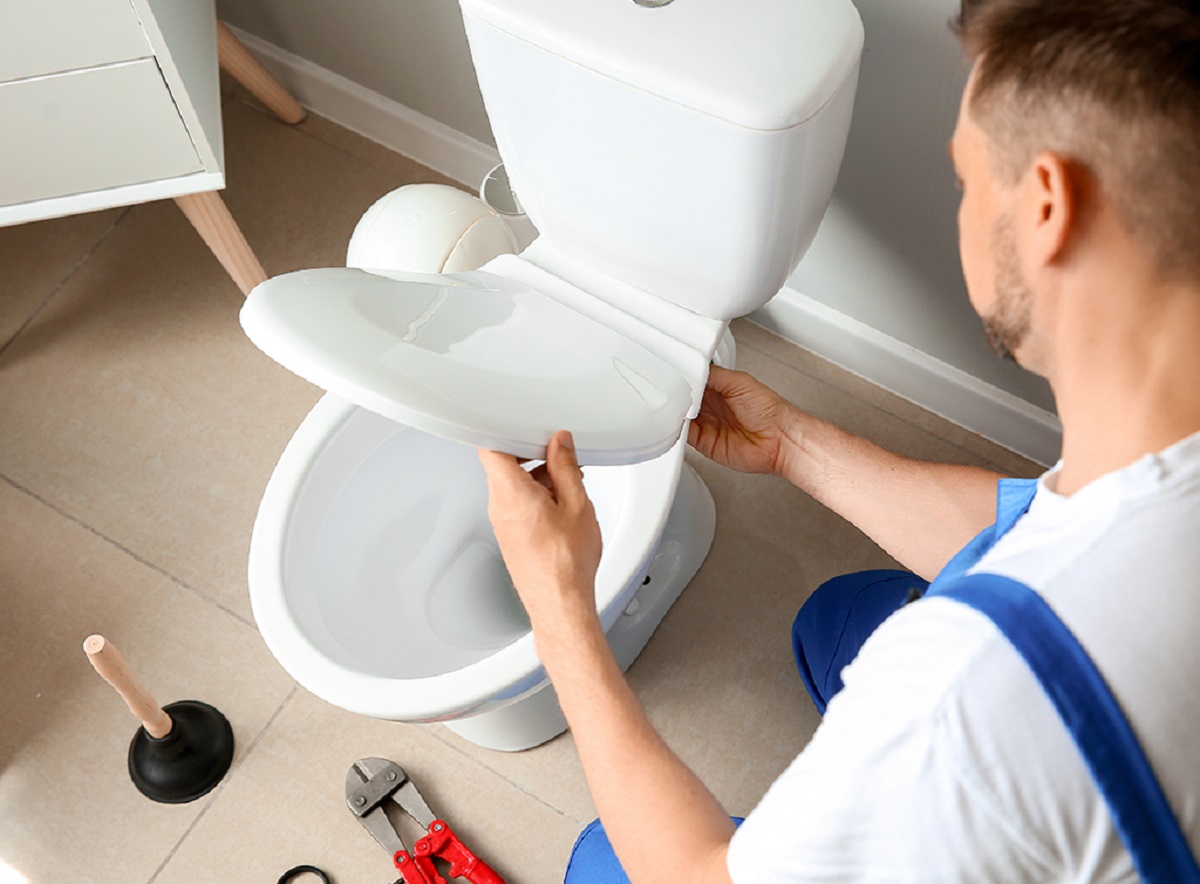
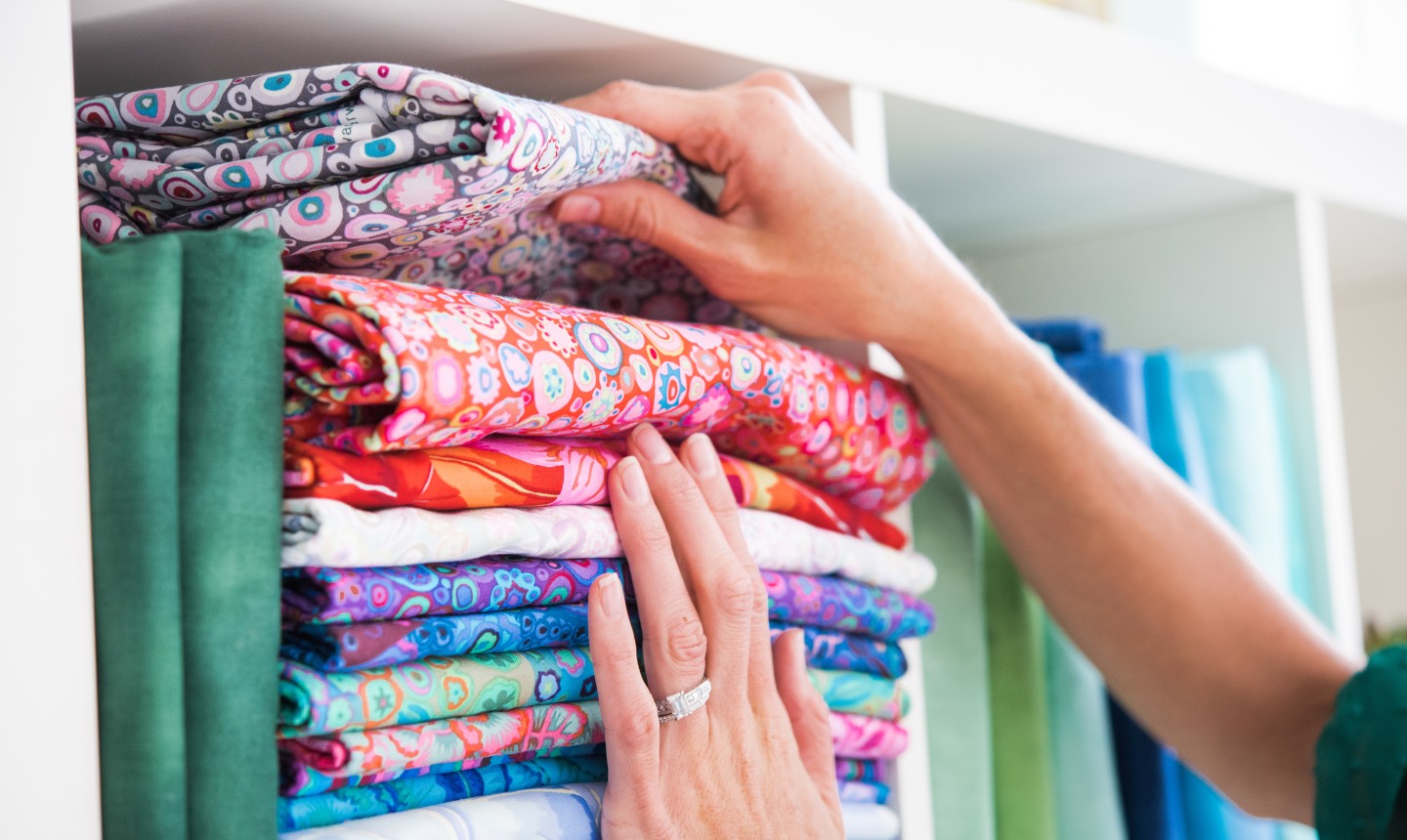
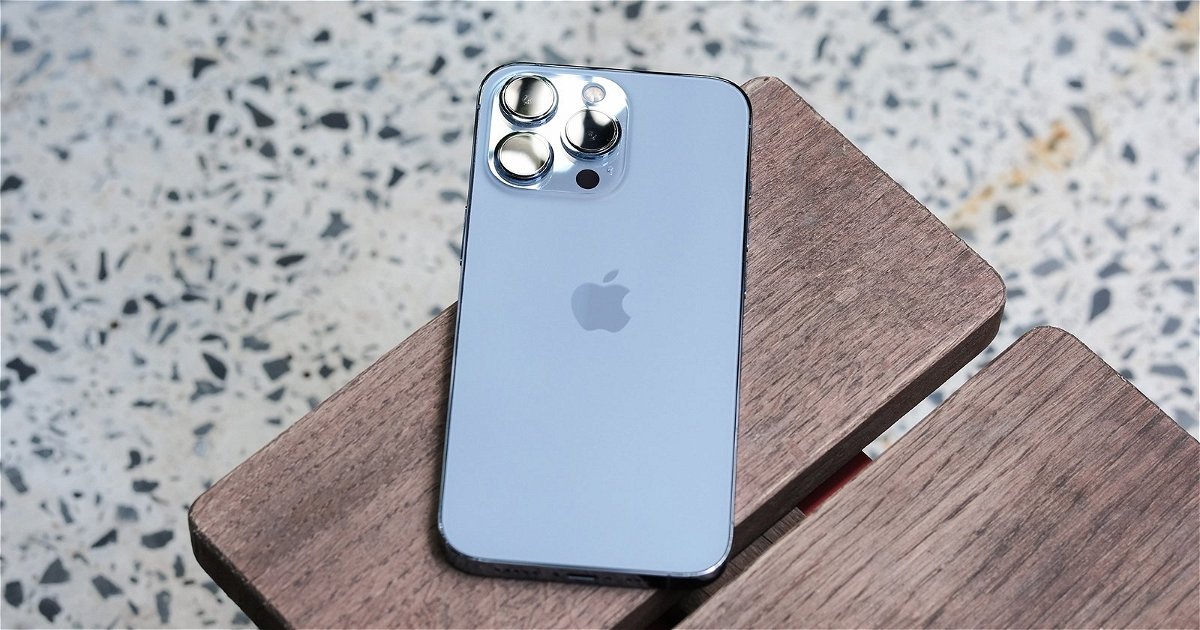
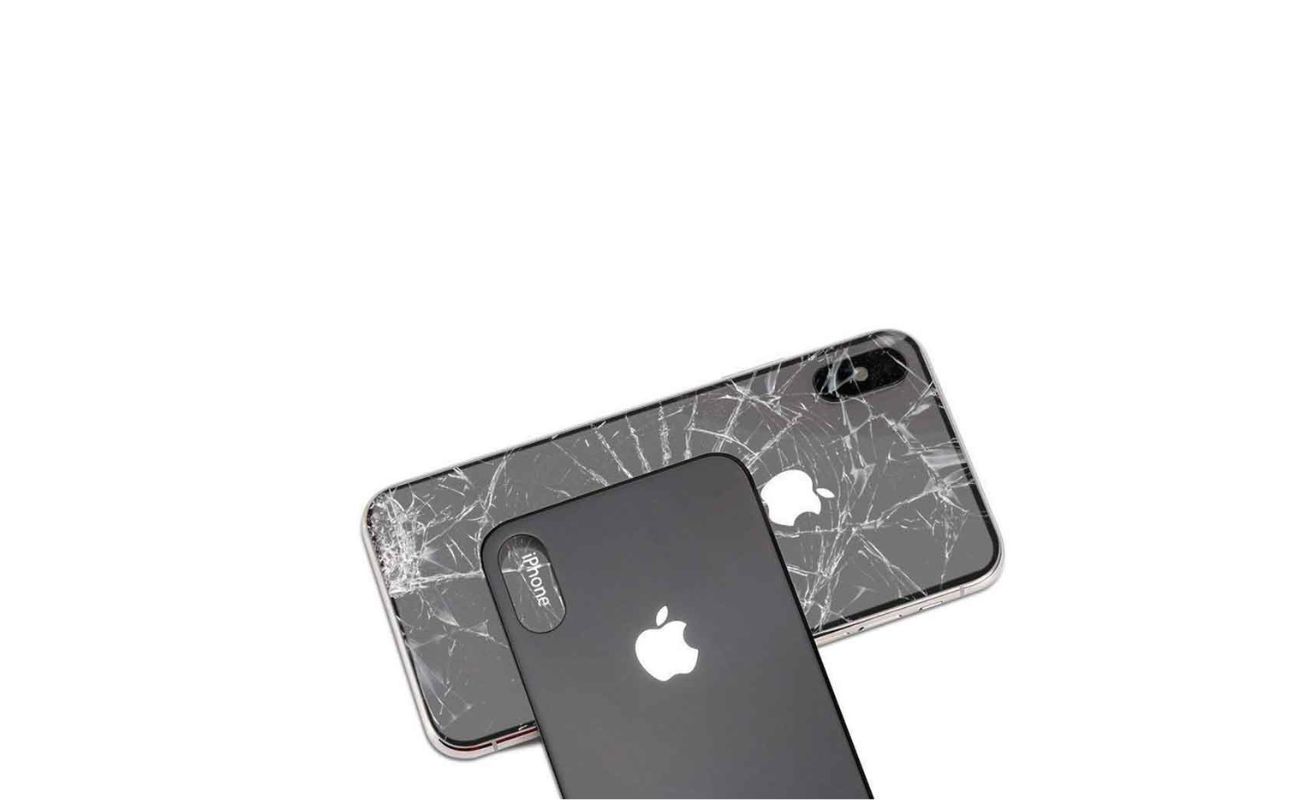

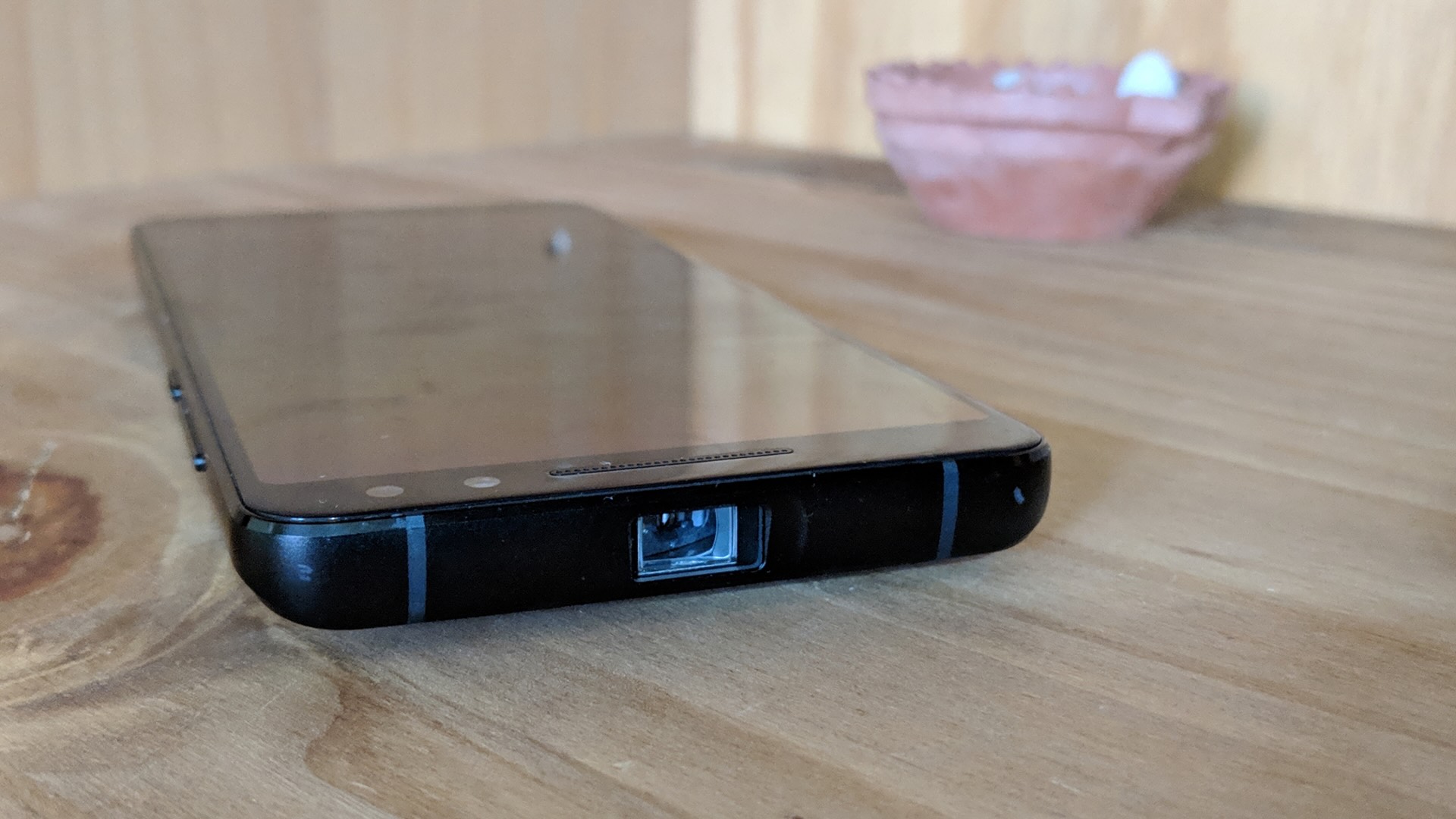
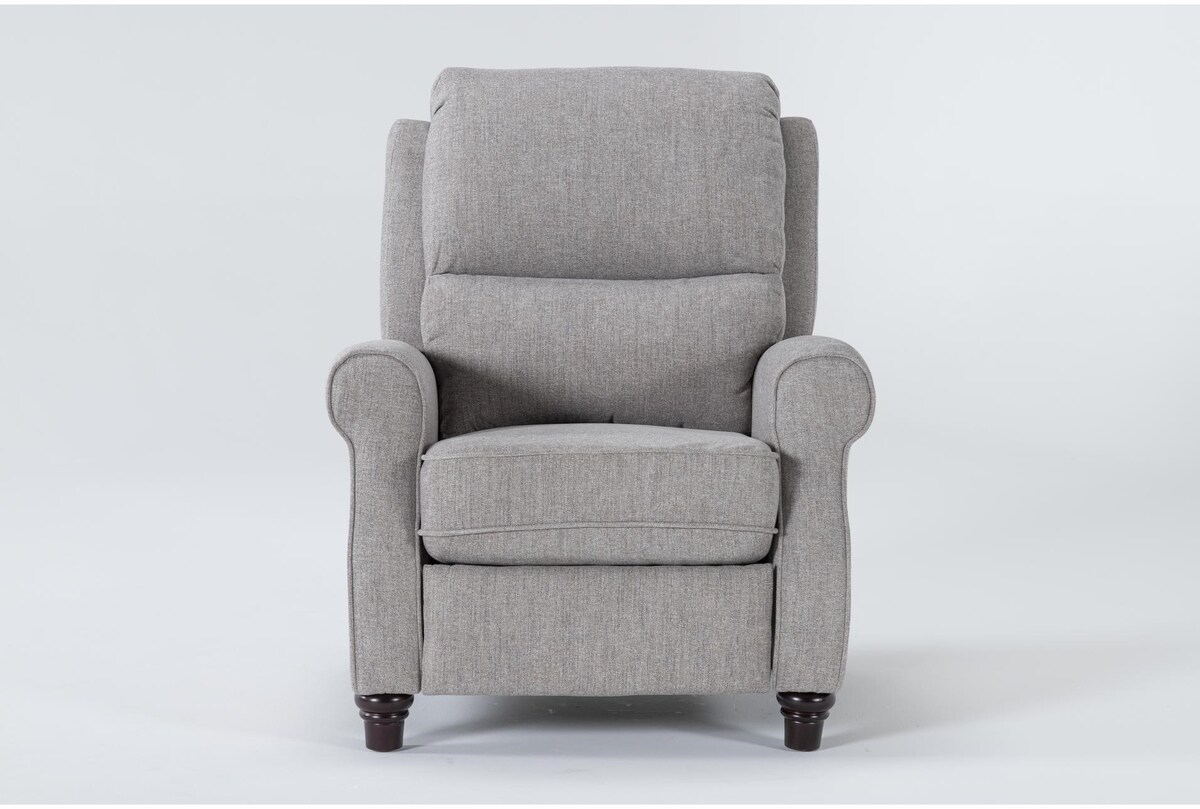
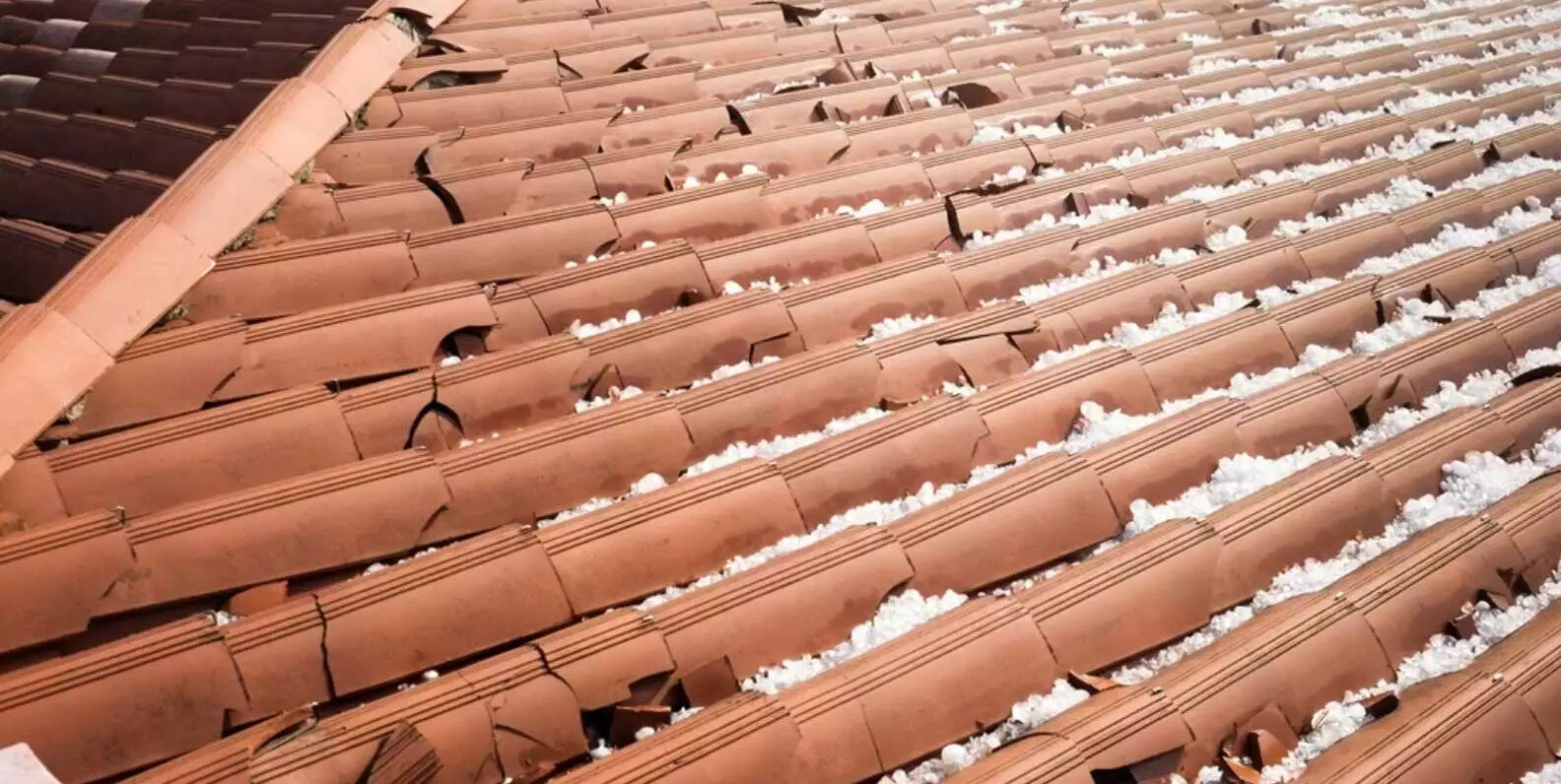
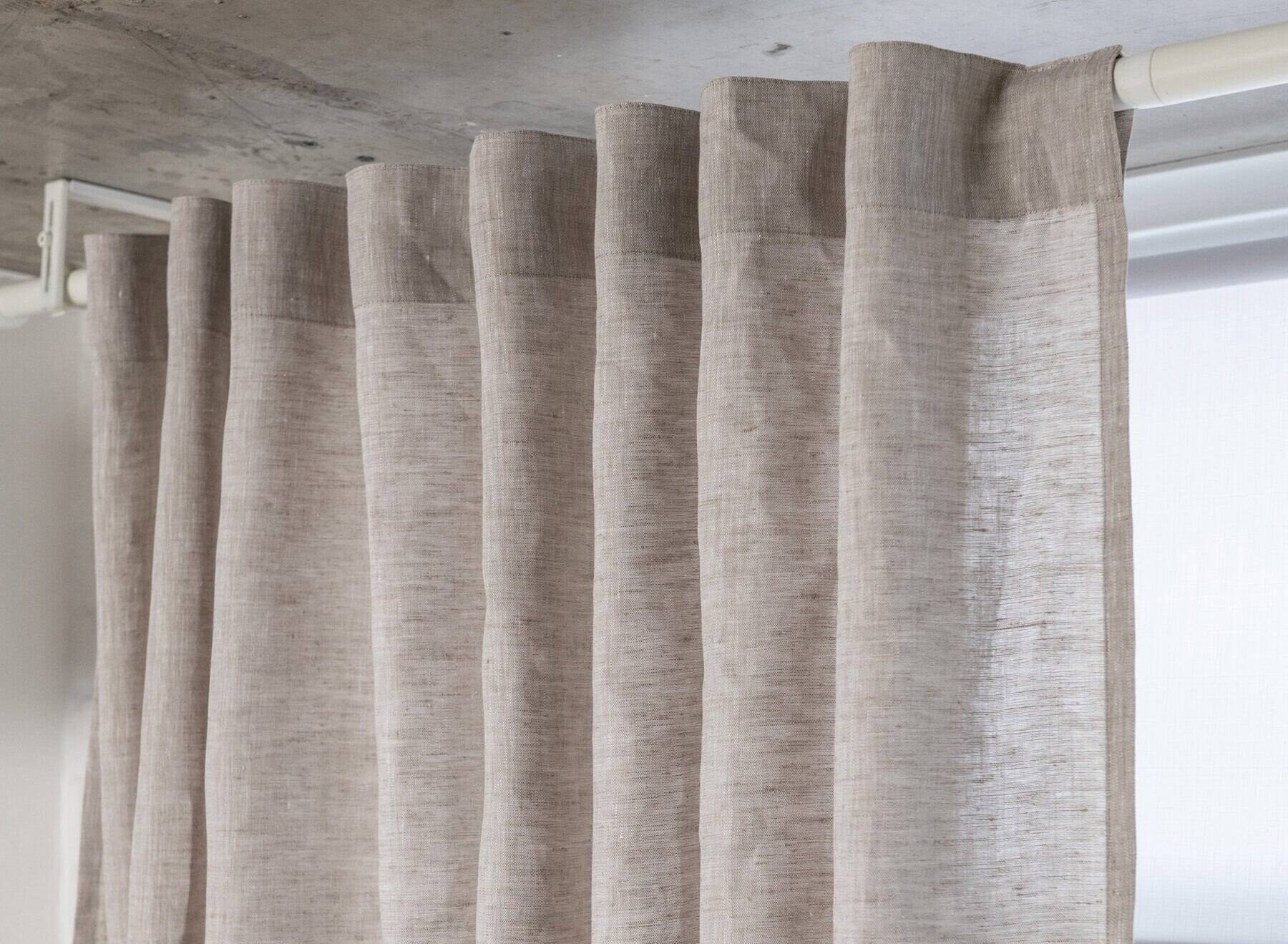

0 thoughts on “What Is Back Glass Damage On A Phone”